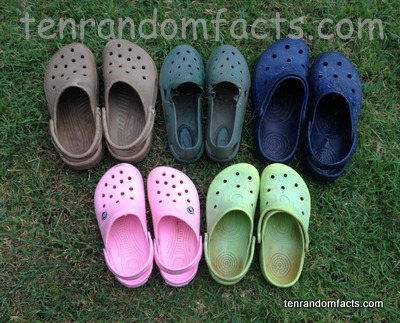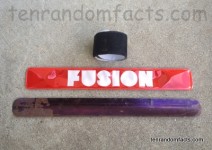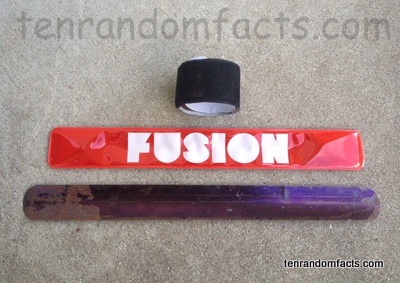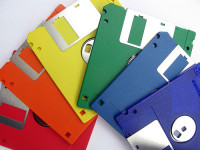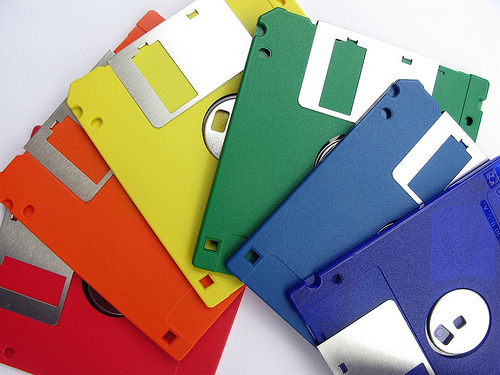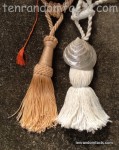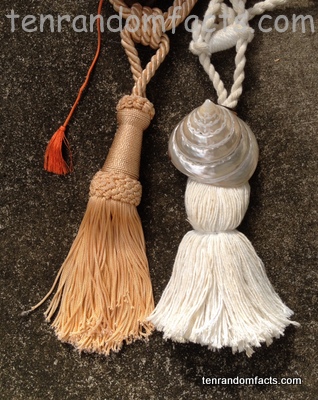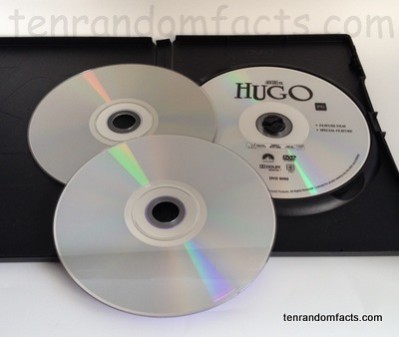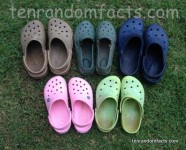
I assure you, these crocs do not bite.
- Crocs are a type of shoe that have become popular in contemporary casual footwear, and they were invented in the county of Boulder, in Colorado in the United States.
- Crocs have a shape similar to a clog, and they have holes at the top and the side that allow for airflow; movement of foreign objects or water out of the shoes; and decoration of the shoes.
- Crocs are made of a special type of foam resin known as ‘Croslite’ or ‘Levirex’, which is an ethylene vinyl acetate (EVA) material, and it is soft and light-weight, generally making them comfortable to wear.
- Lyndon Hanson, Scott Seamans, and George Boedecker invented Crocs and co-founded the company, and the idea is said to have come about on a sailing excursion.
- The design of Crocs was intended as a lightweight, waterproof shoe with good grip for boaters, and as such were first distributed in 2002 at a boat show.
- Crocs were patented in 2006, by the company of the same name, which has since manufactured a variety of lightweight shoes.
- The colours used for Crocs are often bright, and they now come in a wide variety of colours and styles, while some versions feature no holes.
- Crocs have been particularly popular in casual fashion, however, they are often labelled as an ‘ugly’ shoe, and they commonly used for outdoor activities like gardening or walking on the beach.
- As of 2016, at least 100 million pairs of Crocs had been sold, though many cheap imitations of the shoes have also been purchased since they were first released for sale.
- Crocs are able to be decorated and customised with charms made by Jibbitz, a company now owned by the shoe company, by placing the charms in the holes situated on the top of the shoe.
Bibliography:
About Crocs, 2016, Crocs, Inc, http://www.crocsaustralia.com.au/about_crocs/about-crocs,en_AU,pg.html
Bhasin K & Townsend M, A Chip Off the Old Croc: The Ugly Shoe Is Back, 2015, Bloomberg, http://www.bloomberg.com/news/articles/2015-04-01/a-chip-off-the-old-croc-the-ugly-shoe-is-back
Croc is 10!, 2012, Crocs, Inc, http://company.crocs.com/tag/crocs-history/
Crocs, 2016, Wikipedia, https://en.wikipedia.org/wiki/Crocs
E-shots Web-exclusive: Patent check: What’s in a Croc?, 2007, Plastics Today, http://www.plasticstoday.com/e-shots-web-exclusive-patent-check-what%E2%80%99s-croc/8109936223408



